Lots of photos today — be warned
That, of course, means I’m doing a double tasting again when photos will tell more about the teas, especially since something interesting does happen… 🙂
The teas in question are:

2004 Yangqing Hao Yiwu Chawang, and 2004 Changtai Yiwu Zhengpin. Both of them are samples from Hou De. I figured it’s going to be an interesting comparison to drink these two side by side. The Yangqing Hao is made by a Taiwanese tea merchant who started pressing puerh a few years ago (as it is fashionable to do in Taiwan these days) and the Changtai cake is made by the Changtai tea factory, recently famous for their Yiwu products. The Yangqing Hao costs something like $90 a cake, while the Changtai is $29.50 (both prices from Hou De), or one third of the Yangqing Hao. Is the Yangqing Hao three times as good?
Let’s look at the dry leaves
YQH:

Changtai:

The YQH is very meaty, big, bold, while the Changtai is quite broken and thin and weak in comparison. I think this much is obvious. Both are 4g of sample (thanks to my new electric scale). I tried preserving the leaves’ completeness as much as possible by breaking up the bigger pieces by hand. You can even see very fine, small shavings of leaves in the Changtai piece that I got, whereas in the YQH piece you can tell that everything is big, whole leaves. The YQH leaves are also lighter in colour, whereas the Changtai is very dark. So in terms of dry appearance, YQH wins, hands down.
But puerh’s not for looking. Puerh’s for tasting.
My gaiwan is very small. I’m not sure exactly how many ml it is, but it must be less than 100. My guess is that it’s around 70ml or so, but I could be off. Either way, 4g of tea is not too little… as you will see in the next few infusions
Infusion 1 (30s)

Infusion 2 (60s)

Infusion 3 (30s)
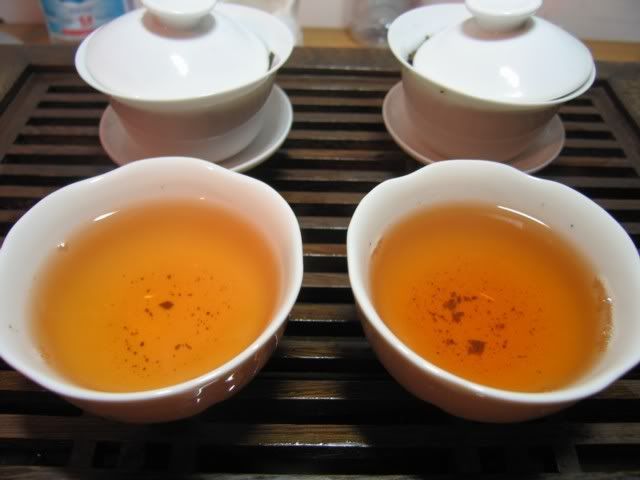
Infusion 4 (30s)

The Changtai, on the right, brews up a much darker brew. The YQH, on the other hand, is lighter in colour.
In terms of aroma and taste… the overall aromatic profile of the two teas are actually similar, as they probably should, since they are both Yiwu teas. Smelling it, you can sense that the YQH is a little more refined, a little more subtle, while the Changtai is a little more aggressive. The taste… the YQH is soft, supple, aromatic, slightly bland in the first infusion, with a hint of aged Yiwu in its taste. The Changtai has some of those notes, but one thing stands out in the back to back comparison — it’s sour. It’s not terribly sour, but it’s sour. The sides of my mouth felt that astringency distinctly. Also, the tea is more bitter, and it’s less smooth than the YQH. Whereas the YQH is soft and moisturizing, the Changtai is rough and drying. The sourness persists into infusion 3, after which it disappears. This, coupled with the bitterness, must’ve been why I thought it tasted green tea like the last time I tried this Changtai cake.
I have read on Sanzui (according to someone who claims to be a puerh expert) that the sourness is a sign of higher temperature “kill green”. Whereas high temperature “kill green” plus high temperature for final drying will produce a green tea, a high temperature “kill green” with low temperature final drying (such as drying under the sun) produces a puerh tea that will be somewhat sour. Is this it? I’m not sure. But it sounds awfully like it.
Moving along…
Infusion 5 (extended infusion time)
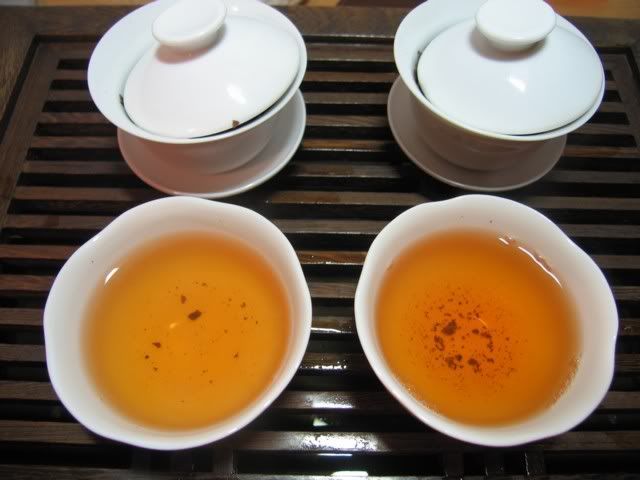
Infusion 6

Infusion 7

The colour of these infusions show that the two teas are now brewing similar coloured teas. The taste, as well, show that they are approaching. The YQH still holds an edge in smoothness and being more moisturizing, but the difference is quite slight… it’s won’t be terribly obvious if I weren’t tasting them side by side.
Then something funny happens
Infusion 8
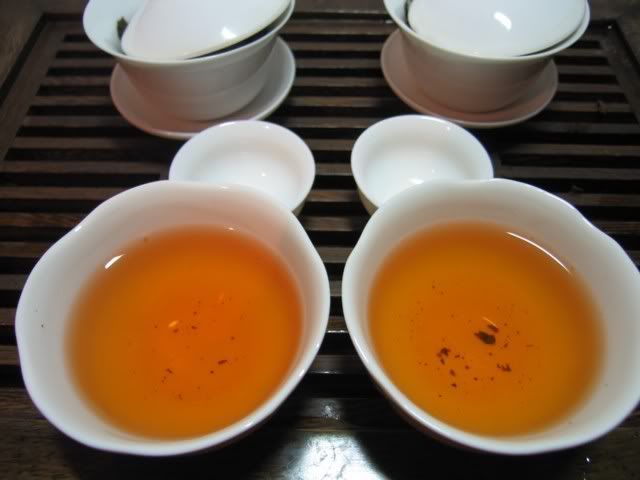
Infusion 9

Infusion 10

The YQH is starting to get darker than the Changtai. This is not a result of the camera doing funny things. The tea actually showed in person how the YQH was brewing a darker brew by infusion 10 or so.
The taste… as my house guest describes it, the YQH at this point (the house guest didn’t get to drink the earlier infusions) was more fruity, whereas the Changtai was more metallic, which I think also implies that the Changtai is thinner. It is definitely a little thinner. I was, by this time, a little uncomfortable with the amount of (rather strong) young raw puerh I’ve consumed by then. So I stopped.
I think part of the reason the Changtai died out faster is because of its brokenness. The tea simply infused faster and gave out more earlier, and thus couldn’t last as long. I suspect this might have some implication in future aging. The broken nature of the Changtai is more obvious when you look at the wet leaves


Small bits, shavings, incomplete leaves, broken stems… whereas the YQH is whole, looks nice, soft, etc. The YQH leaves feel strong, sturdy, while the Changtai ones, when I can find a complete one (there were only two in the whole sample I brewed) were flimsy. The two leaves I unfurled — the YQH one is clearly nicer, with an obvious sawtooth edge, while the Changtai one has a very undefined edge and is thinner. The veins are also much more obvious on the YQH.
But it was surprising to see that the aromas aren’t THAT different between the two. In fact, I might have trouble telling one or the other apart just by aroma alone — it’s the other stuff, such as mouthfeel (like me feeling the sourness, but not tasting it) and thickness of the tea that really tell them apart.
Does the similarity in aroma mean that they will age similarly in the future? If the price differential is based on aromas alone, the YQH cannot command 3x what the Changtai sells for. It’s not that different. However, how will they age?
I think judging by what people like YP has told me… it’s the mouthfeel that counts. Is this what commands 3x the price? Of course, YQH, being an operation in Taiwan and all that, is going to cost more regardless, but 3x? I’m not terribly sure myself.
But if nothing else, I think this goes further to show how important it is to look for the other signs of a puerh, and not be too carried away with just focusing on the aromas of a tea, at least if we’re talking about young puerhs meant for storage. It’s the other stuff that you can use to tell apart an average te
a from a great tea, but that is so much harder than just tasting the tea as a nice tasting drink.
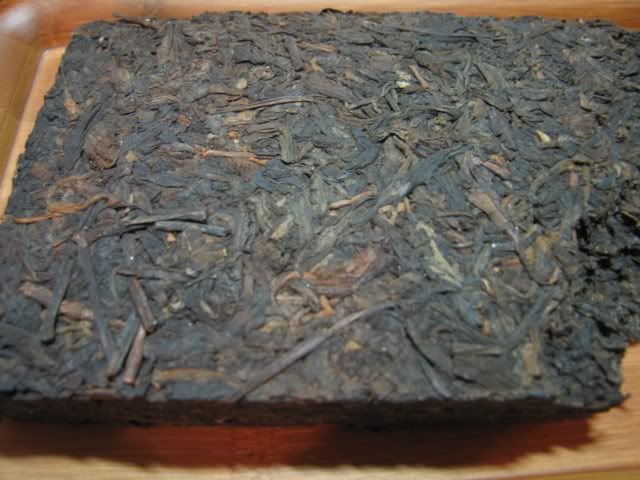
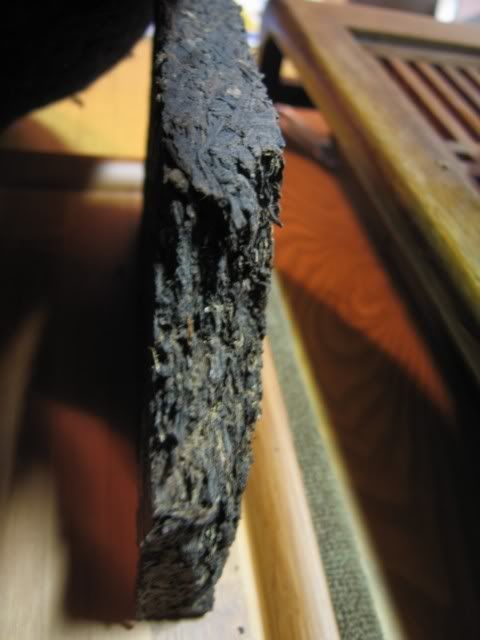
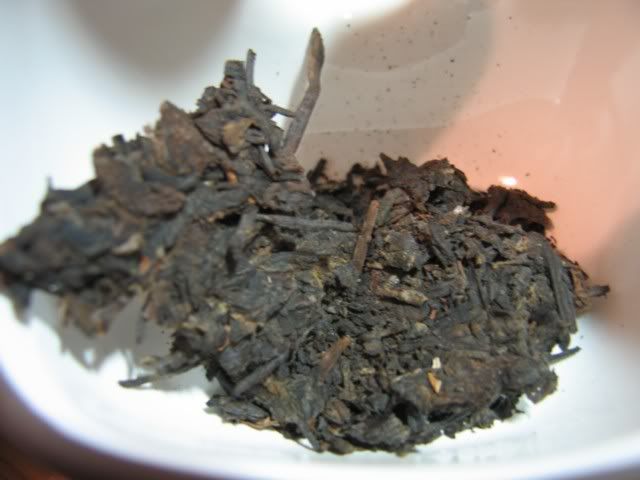
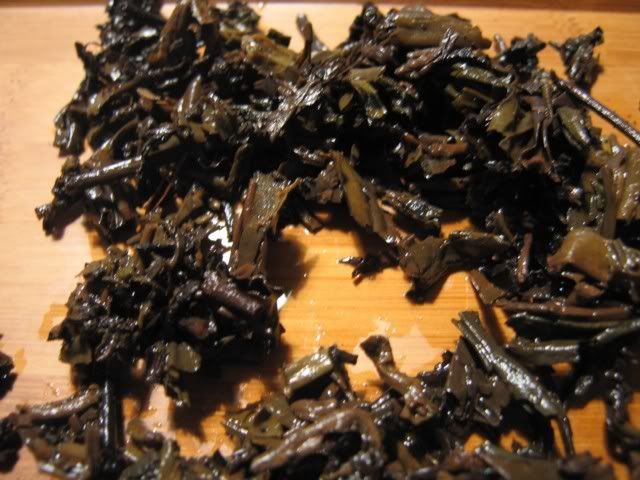
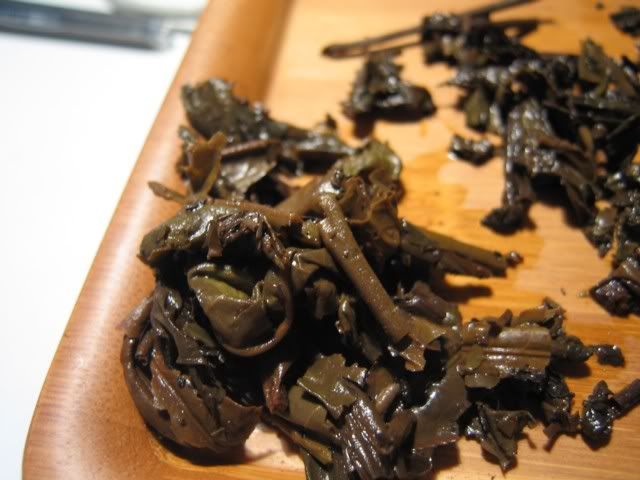
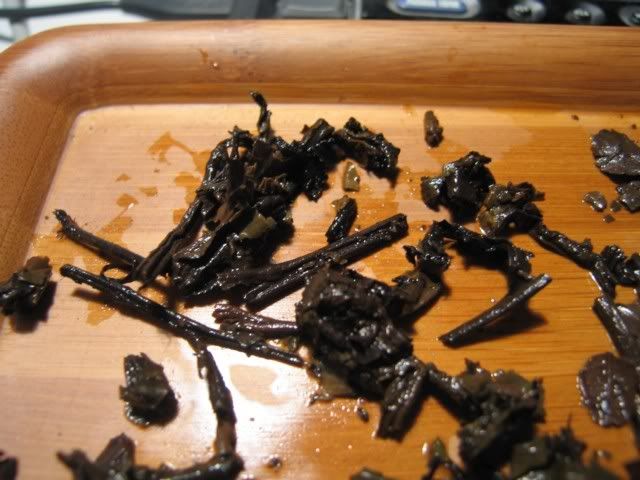
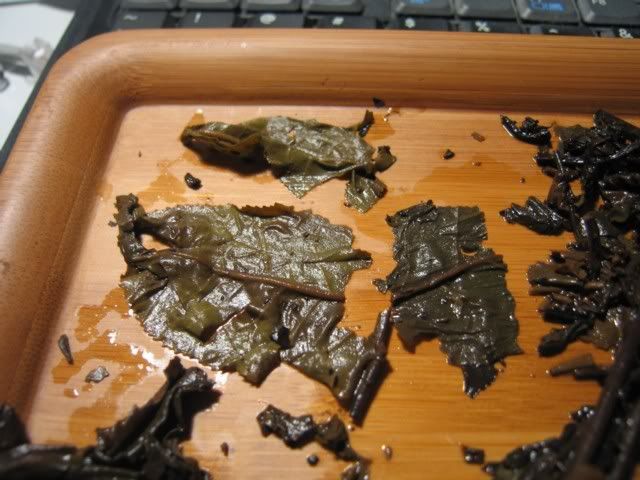

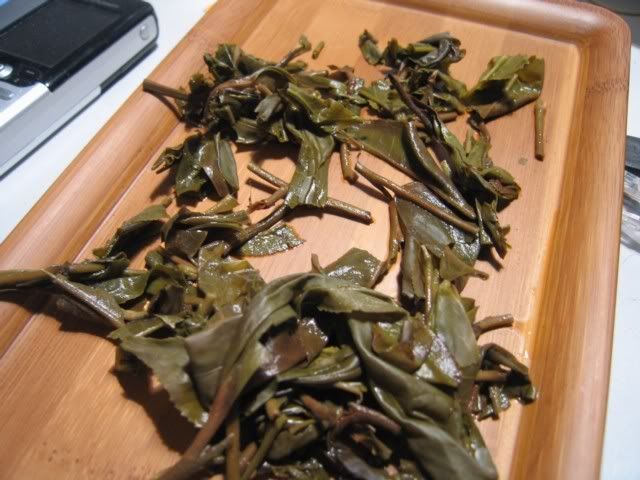
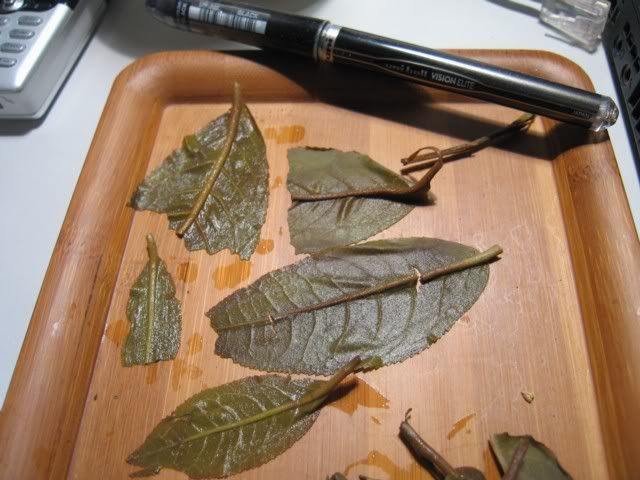
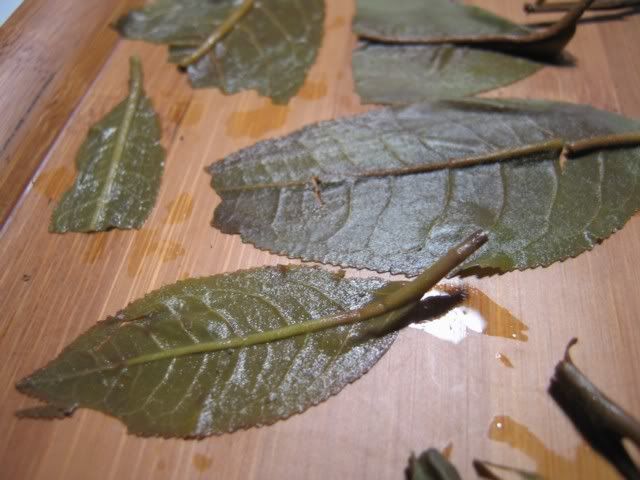















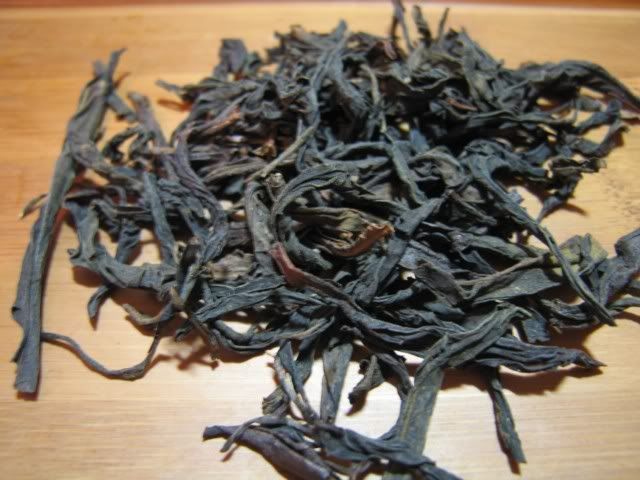
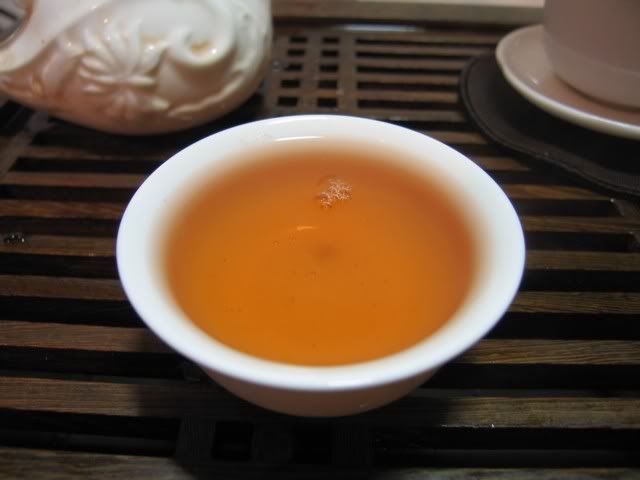
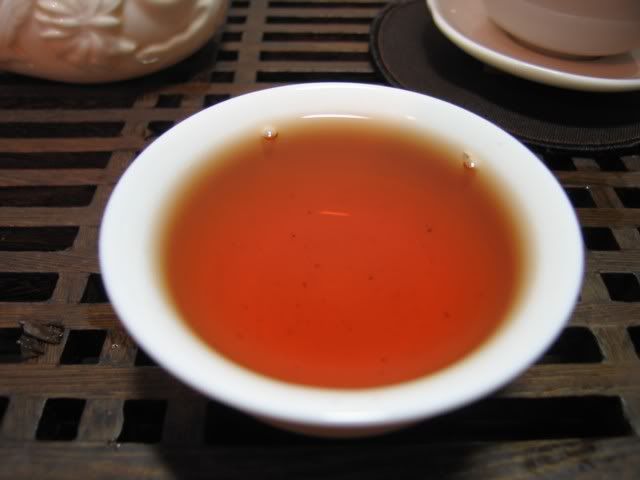
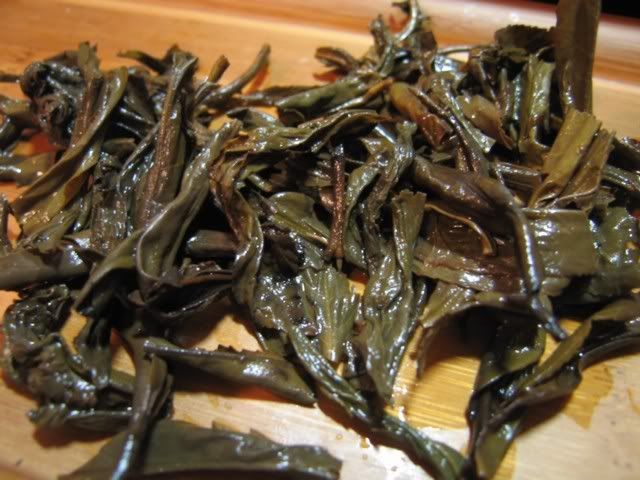
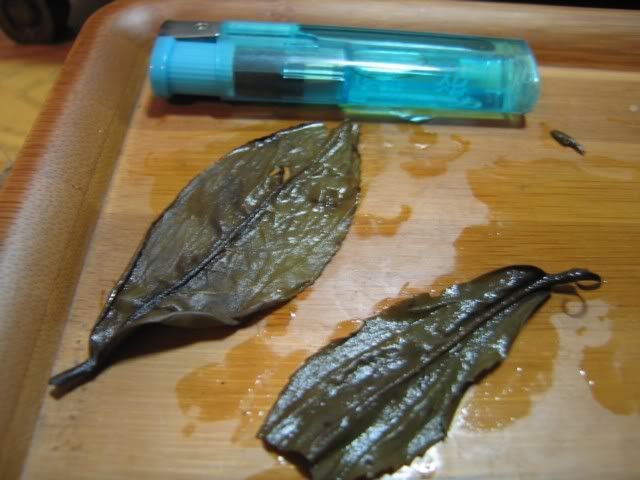
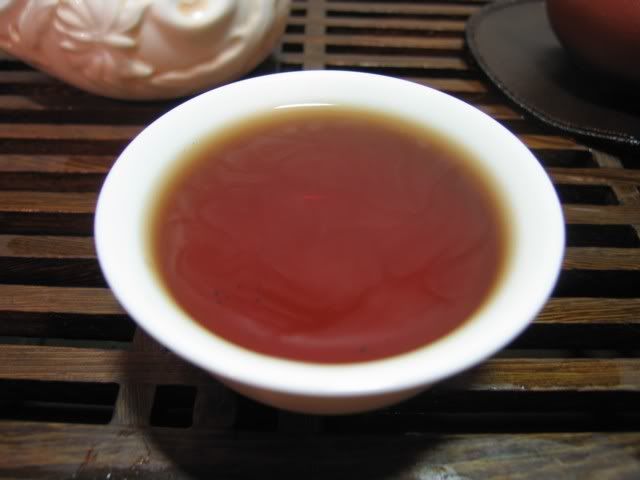
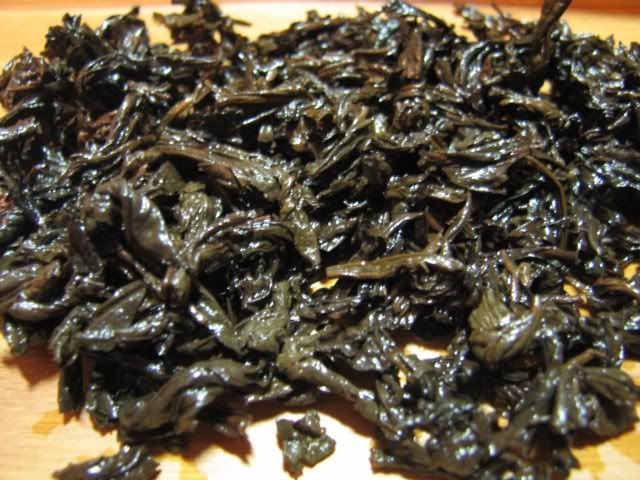











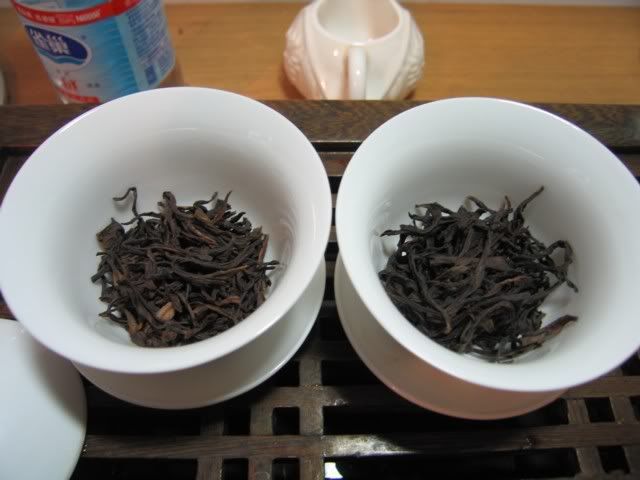
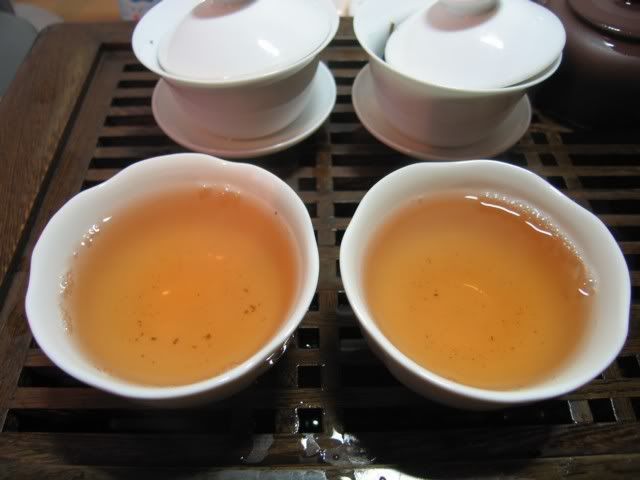
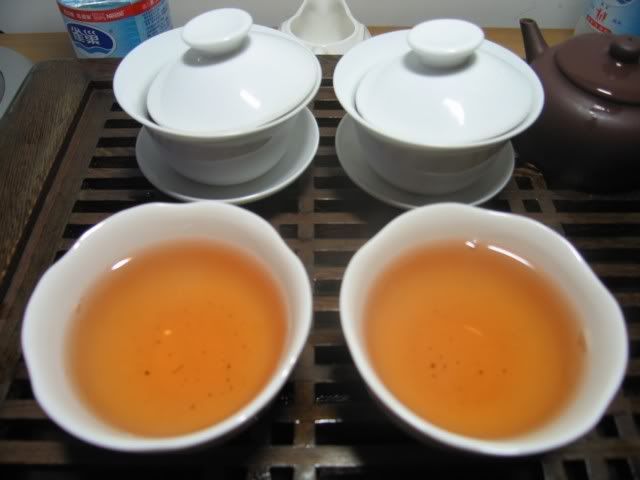
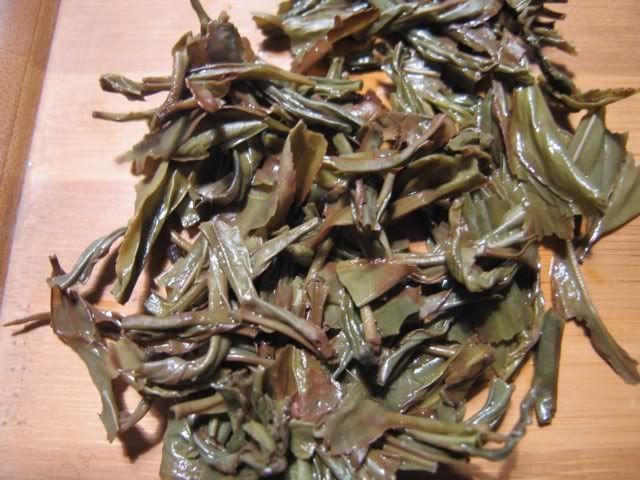
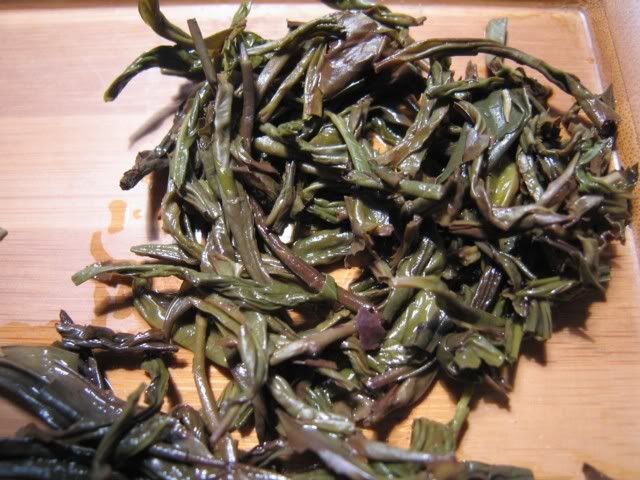
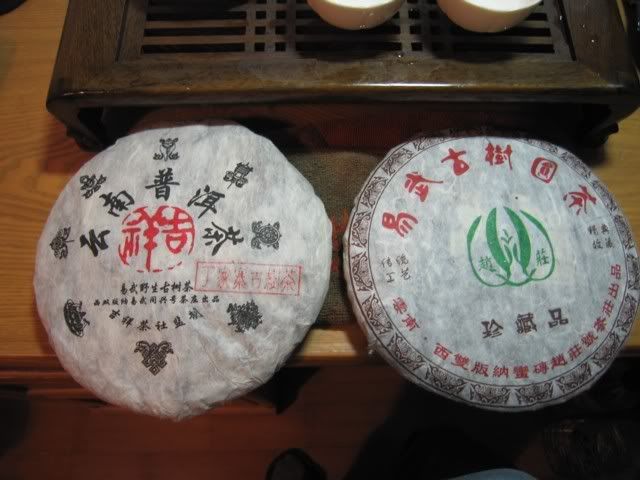


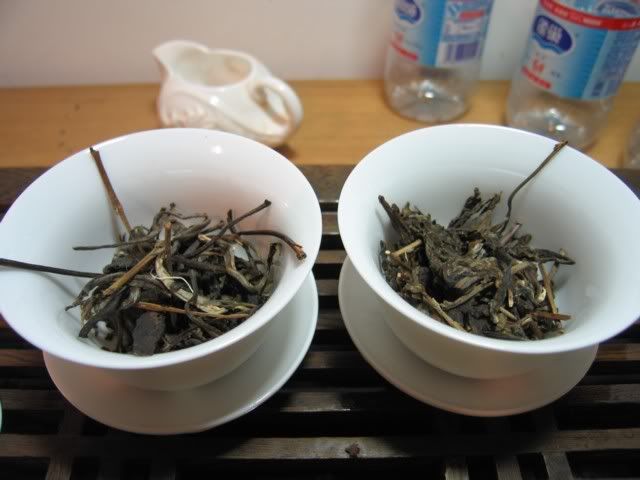
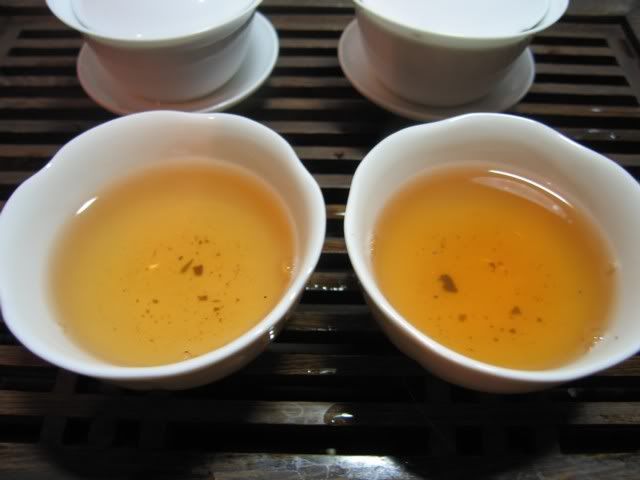
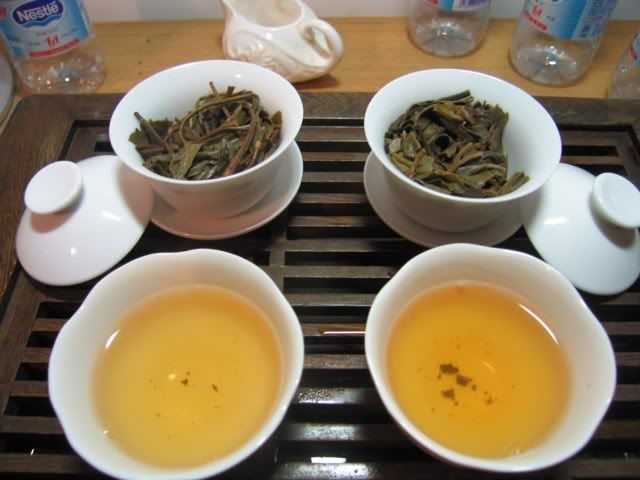

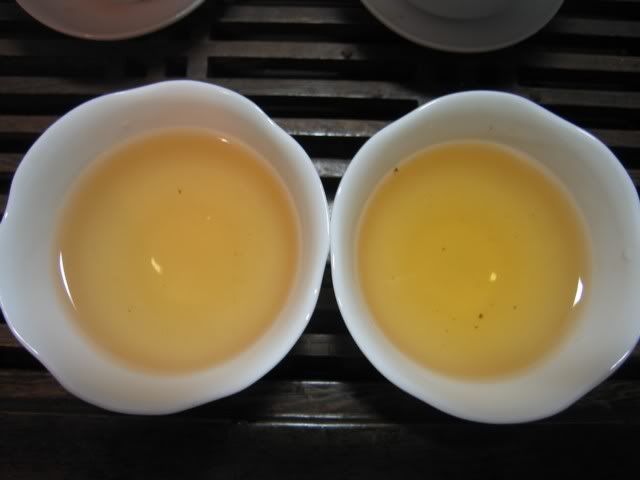
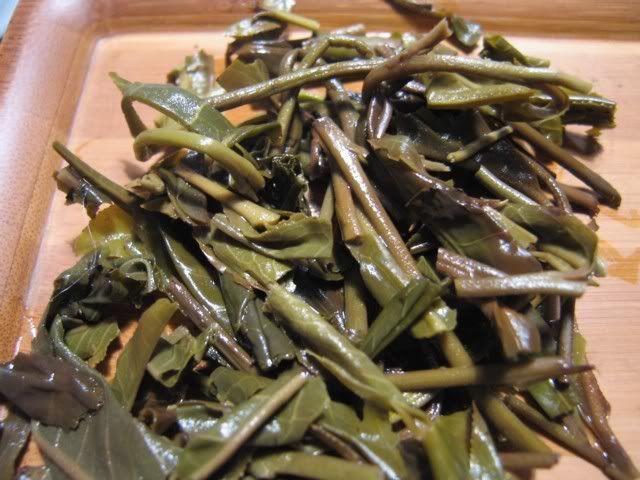
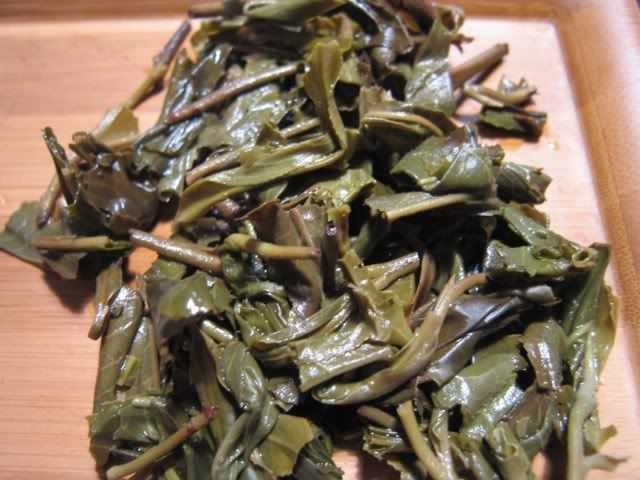
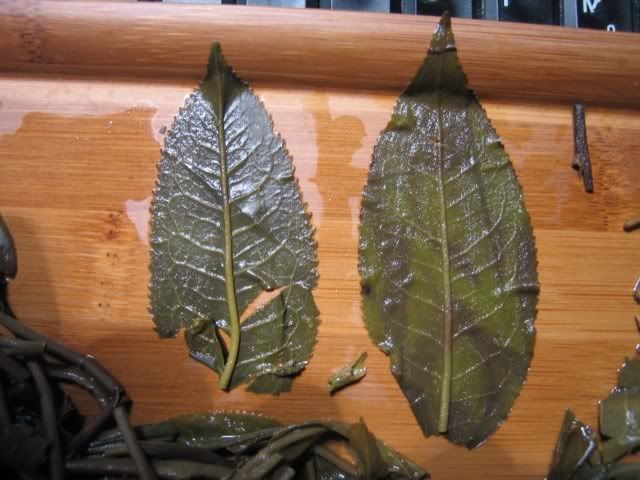

 RSS - Posts
RSS - Posts
Interesting.... would 250C in my oven work?